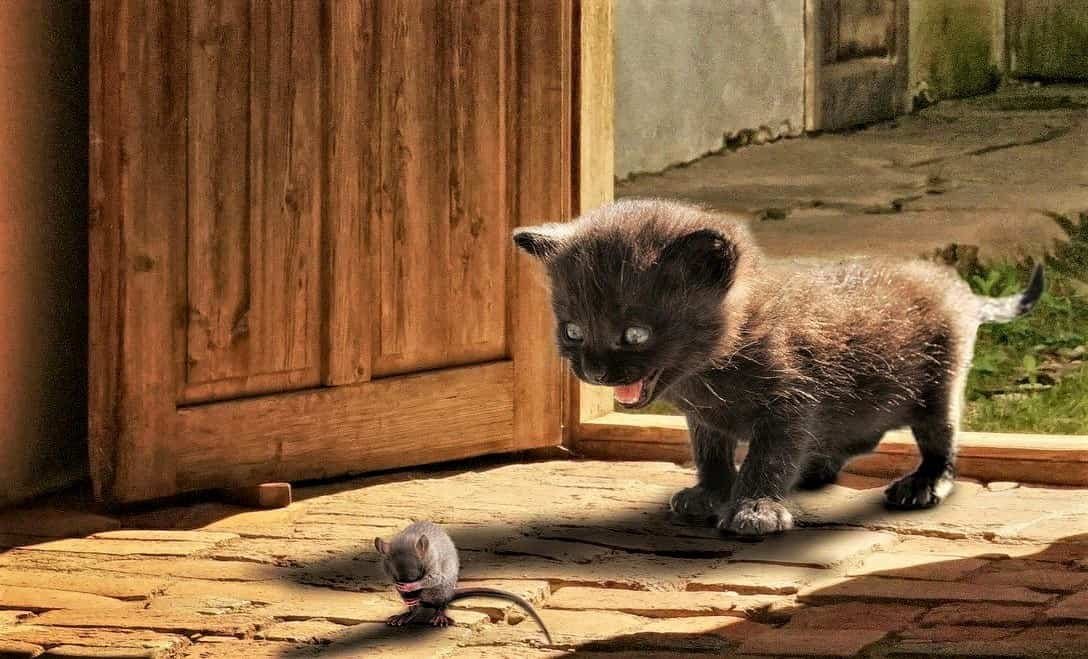Puppets and their names
A baby Coyote is called a whelp. A baby Eel is called an elver. A baby Kangaroo is called Joey… no, sorry… A joey. And a baby Goat is a kid… And it’s called a kid.
Common names for baby animals.
This is going to be a little different from the usual article arrangement. It’s a yes right away. Yes, as in the names above are correct. An immediate spoiler. But then again, maybe it isn’t anything to argue about. The baby animal names are what they are. Peace.
So instead of reasoning and trying to go through a logical evaluation of all the proofs for or against, I will just list the different animals and the names of their cubs… And their kits, pups, whelps, fawns, calves, and all the others.
Here we go…
Calf
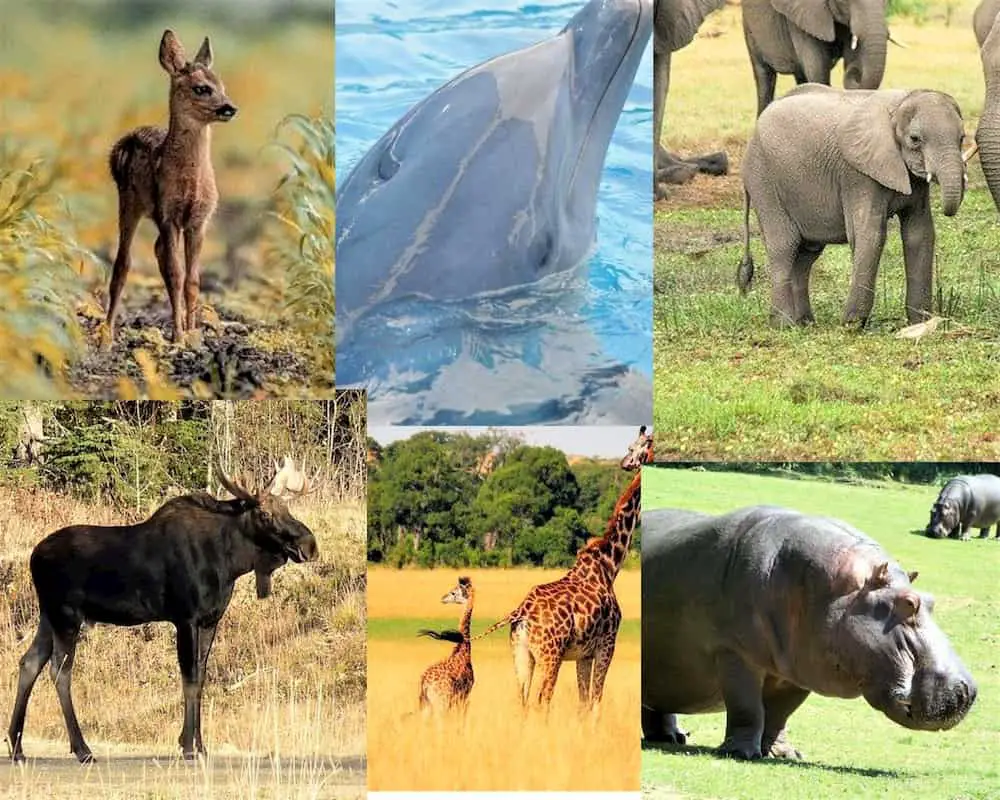
The cow’s baby is called a calf, and this is what etymonline has to say about the word:
Old English cealf (Anglian cælf) “young cow,” from Proto-Germanic *kalbam …, perhaps from PIE *gelb(h)-, from root *gel- “to swell,” hence, “womb, fetus, young of an animal.”
But the name, calf is quite common for many other animals, all within the vegetarian animal sphere. No predators have younglings that are called calves.
- Camels
- Elephants
- Giraffes
- Hippopotamuses
- Deer
- Moose, Elks
- Rhinoceroses
These are all big grass-eaters. But the term calf is interestingly also used for water mammals, such as:
- Whales
- Dolphins
- Walruses
- Other larger Seals
Pup
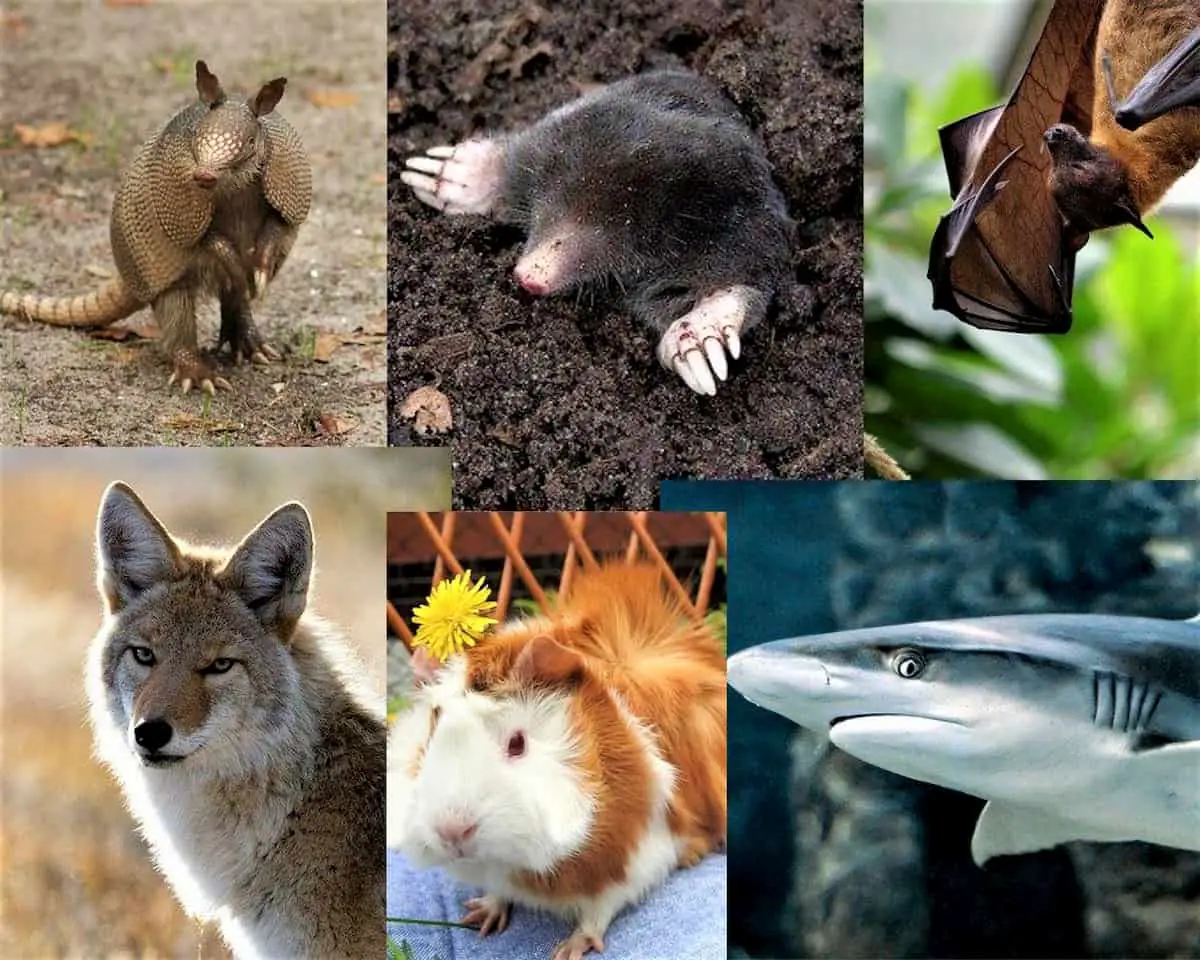
Pup, or puppy, is the name of a young dog. Pup is actually the shortened form, and puppy is the original. Those small, helpless, unbearably cute little fur-balls that roll around the house, a few weeks after their mother has given birth. They are all pups, and it couldn’t be a more suitable name. So, let’s go to the list of all the other animals who have children named pups:
- Agoutis
- Anteaters
- Armadillos
- Bats
- Coyote (Actually their children are also called whelps, just like the question in the introduction)
Gerbils
- Guinea pigs
- Hamsters
- Moles
- Prarie dog
- Wolves (They too can be named whelps)
And this category has some water-living creatures too namely:
- Seals
- Sharks
It’s not as well defined as with calves. Pup is a more general name and on the list are many different kinds of animals.
Giving names to baby animals is sometimes quite random and illogical. It is also depending on factors that come with a tradition. And traditions are old and strange, and they deal with things that are important to the farming society, and close to a farmer’s everyday life. So most of the farm animals have their specific names. Even names that are different for various stages in the youngster’s development. As well as different names for the adults,
While animals further away from the farmhouse have to cope with more general names like hatchling or cub.
Chick

Next on the list of our names of baby animals, is chick: Its origin is probably chicken but it’s cut off to make it shorter and cuter. Chick is also a way to nominate a young woman, preferably good-looking. This meaning of the word came into use in the 20th century, but long before that “chick” could be used as a synonym for a child, of both sexes. Apart from young hens, the term is used for many other youngsters in the Aves class, i.e. birds. But it’s an exclusive name for the babies of birds. no other animal’s children are called chicks. Here’s the list:
- Chickens (…of course. Also Pullet for a young hen and Cockrell for a young rooster)
- Crows
- Falcons
- Finches
- Larks
- Nightingales
- Parrots
- Ostriches
- Penguins
… And many others.
Fledgling, indicates the young bird when it has full-grown wings and is ready to fly. Insects can be fledglings too.
Fledgling also has the transferred meaning of inexperienced, amateur, just like the bird who tries his wings for the first time.
Nestling is consequently a bird before it becomes a Fledgling.
Swimming birds often have their own names. Their babies are often associated with the name of their species:
Species – Baby
- Swans – Cygnet (Cygnus is the Latin word for swan.)
- Peacocks – Peachick (Sort of logical…)
- Owls – Owlet
- Ducks – Duckling
- Mallards – Duckling (Well it looks like a duck… Kind of.)
- Gooses – Gosling
Other bird names
Species – Baby
- Hawks – Eyas
- Partridges – Cheeper
- Turkeys – Poult
Hatchling
When an egg hatches the normal name to give to whoever comes out of it, would be hatchling. And hatchling can be used for birds, fishes, amphibians, and a small group of mammals, only found in Australia, Tasmania, and New Guinea. but is most commonly used for repìtiles.
- Turtles
- Crocodiles
- Lizards
- Snakes (…If they are hatched from an egg. If they are born as live offspring they are called Neonates.)
Cub
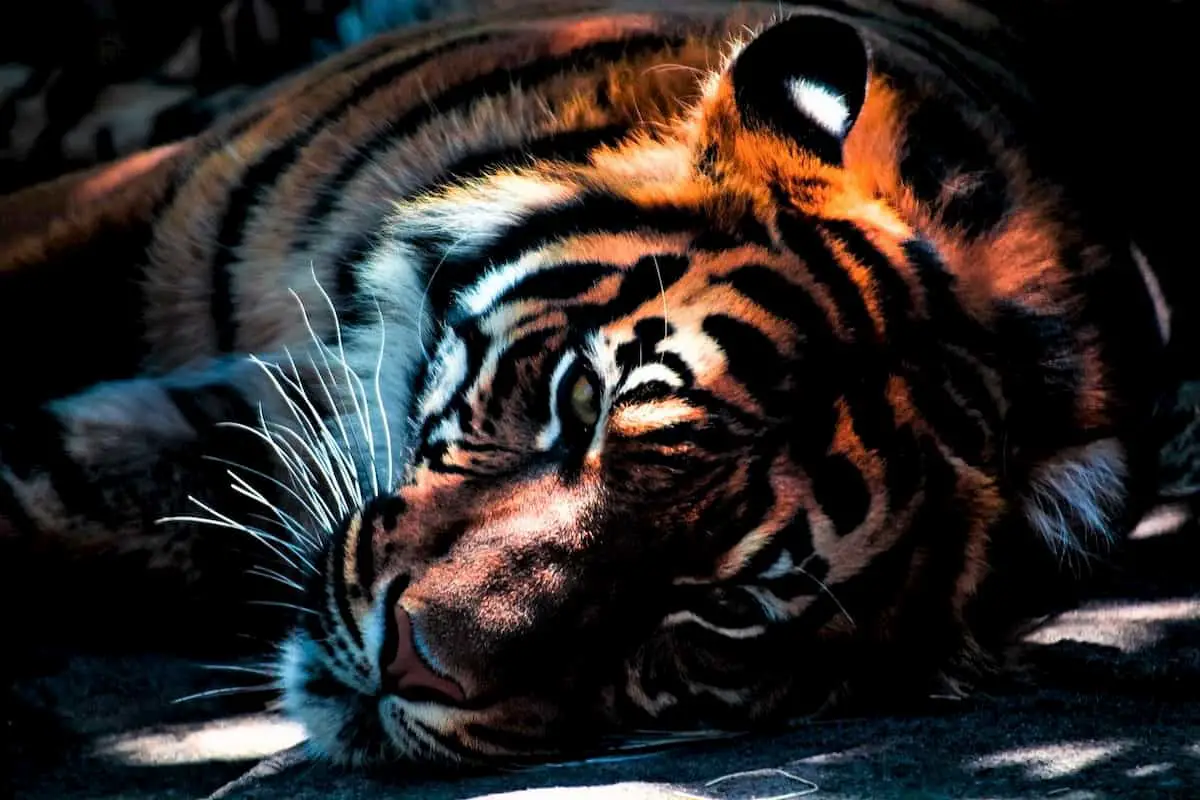
Cub is another of the more general names for animals’ kids. Interestingly this is what etymonline writes about it:
1520s, cubbe “young fox,” of unknown origin.
Nowadays the fox cub is sometimes referred to as kit or even pup. Cub is generally used for fury, large predators. Check it out:
- Foxes (but they’re also called Kit or Pup.)
- Bears
- Lions
- Tigers
- Badgers (but they can also be called Kit.)
- Hyenas
- Leopards
- Pandas
- Raccoons
Joey
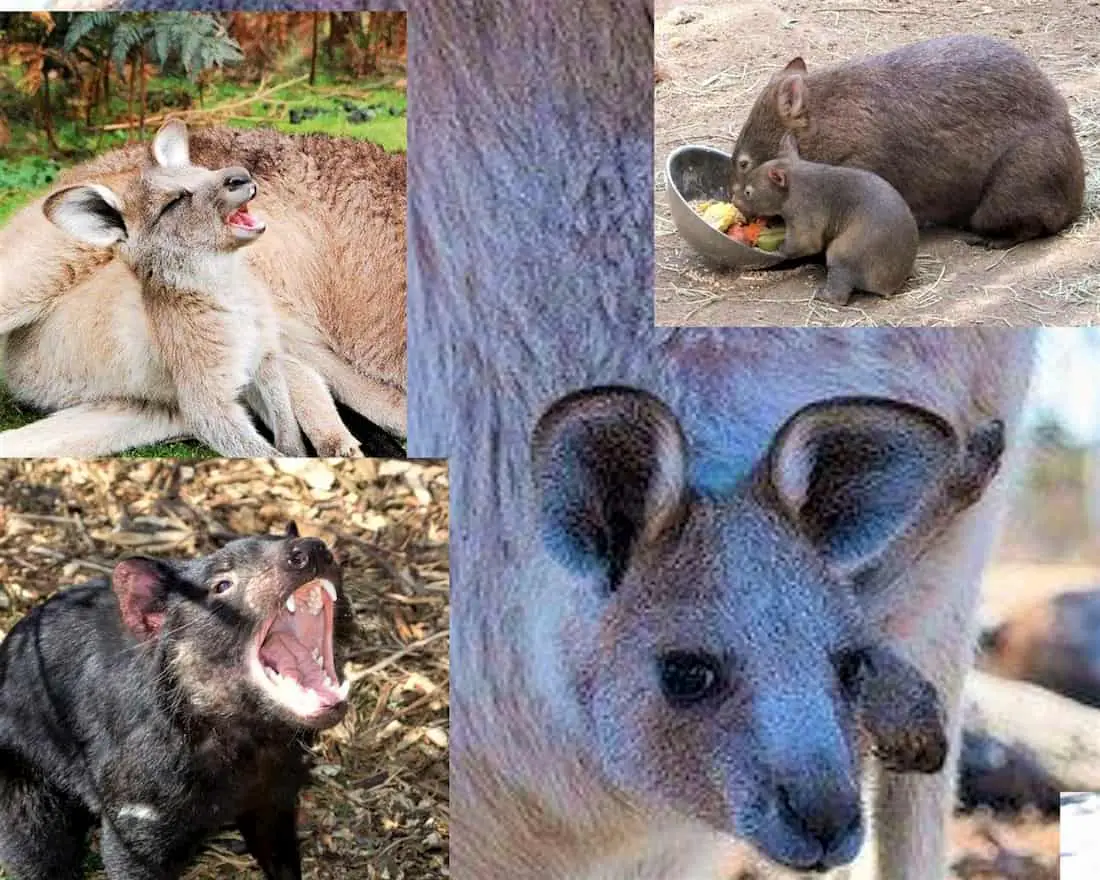
This is a cool name for baby animals. Joey, like a cup of coffee… It could be of native Australian origin but is more likely coming from the word Joey as a diminutive of Joseph, meaning anything that’s young and small. Possibly referring to the British politician Joseph Hume.
Joeys are mostly found in Australia and they are all marsupials:
- Kangaroos
- Wallabies
- Wombats
- Tasmanian Devils
- Opossums
- Koalas
Kit
A shortened form of Kitten, meaning small. It normally refers to a young or undersized fury animal.
- Foxes (Also cub and pup)
- Badgers (Also cub)
- Squirrels
- Skunks
- Muskrats
- Ferrets
Whelp
The word whelp is very old and is of Germanic origin. It was the typical name for a young dog, as well as other animals in that family. The German word for puppet is welpe. Nowadays it is mostly replaced by pup or puppet. But the kids of the wild dogs are sometimes called whelps:
- Dogs (less common)
- Wolves
- Cayotes
- Hyenas (even though they’re not dogs but cats)
Baby, Infant
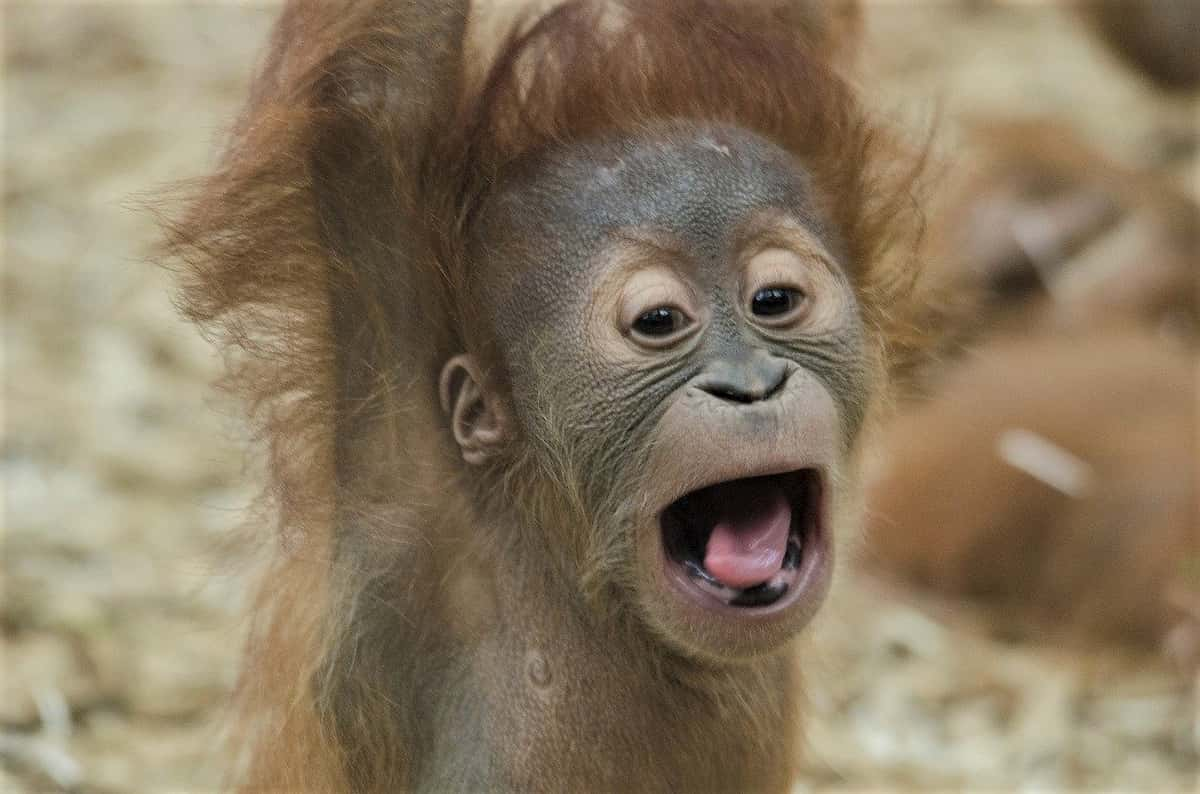
Now, over to the animals that are so close to us that they got our names for their kids. The various species of monkeys, from the small tree-living species to the big primates have offsprings that are called just like our kids… Yeah, they’re called babies or infants.
Nymph, larva, nit, egg, and pupa
Here we are talking about insects, spiders, and centipedes e.g. Arthropods. About 80% of all animals are in this group. And all these very small creatures have their own different strategy to multiply and reproduce. Most of these strategies involve an egg and some sort of transformation. Some insects go through many phases before they become the final, flying queen, the butterfly, which is more or less the only part of its life that is appreciated by us humans. It can be egg – larva – pupa – butterfly in that sequence.
Others are eggs, and then they become nymphs, and finally full-grown insects without passing the pupa phase. They often still have to change the shell as they grow. And maybe they also have slow and active phases where they grow and change respectively.
In short, there are many ways to do this.
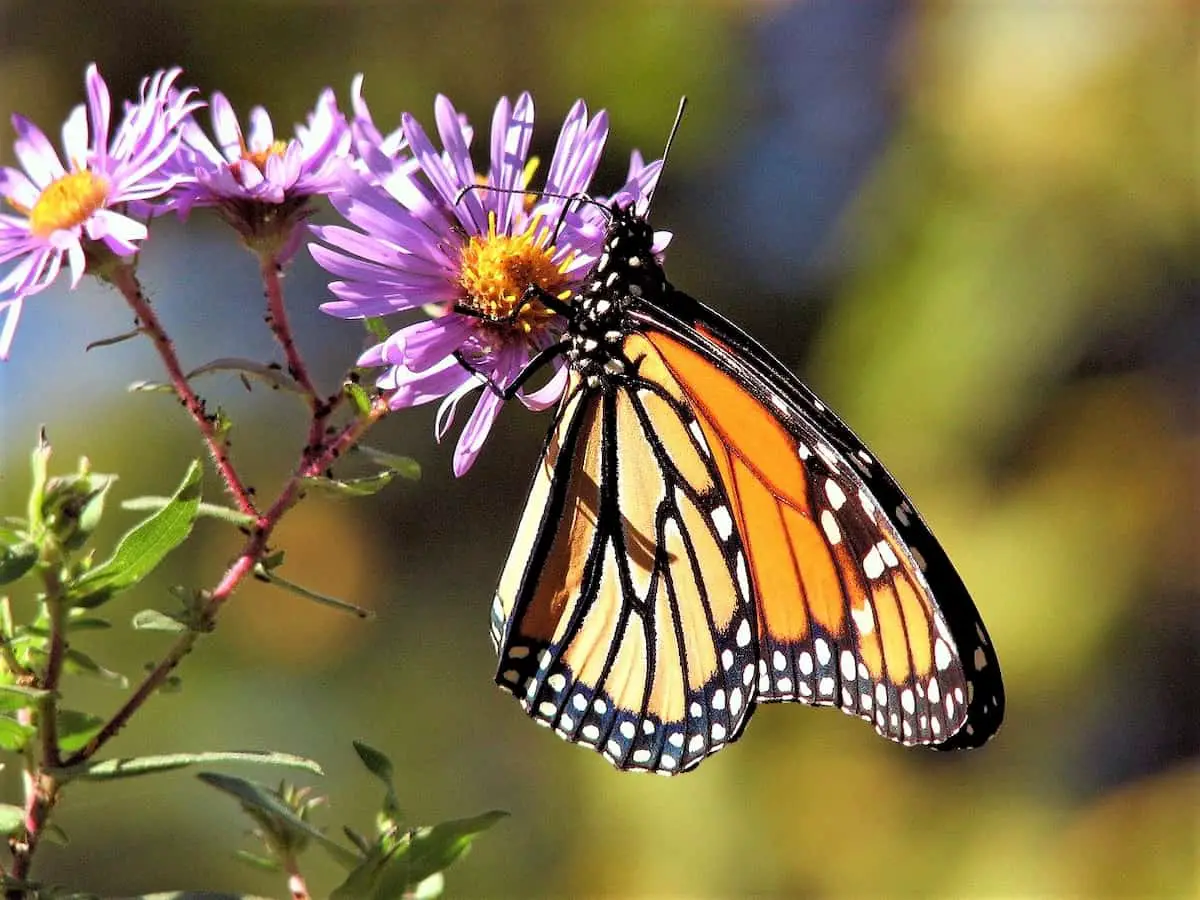 Love strategy
Love strategy
And the names are correspondingly illustrative. The egg is the first round ball, the egg. The larva is the long crawling thingy that eats our crop and kills our trees. This is the eating phase. Then it turns into a pupa. The pupa doesn’t eat anything. It just transforms. The last phase is the flying insect. This phase is all about reproduction. And that’s why it flies… And that’s why some of them don’t live very long. It just has to find a partner, lay the eggs, and that’s that.
(… To think that for us it can take 10 or 20 years to find the right one…. And some people never do.)
Getting back to the insects and spiders… They’re all called what they are in that special phase of their life: Larva, nymph, egg, insect, etc. There is no individual nomination. It’s the same word for all… An egg is an egg.
Although Oysters have Spats, and Jellyfishes have Ephyrae.
Other strange baby animal names.
Species – Baby
- Pigeon – Squab
- Llama – Cria
- Elephant Seal – Weaner
- Hare – Leveret
- Rabbit – Bunny
and of course, the cutest of them all:
- Cat – Kitten
And finally, the names of the baby animals on a farm.
Piglet
Not very difficult, at least not if you’ve read Winnie the Pooh. It’s the Pig’s baby.
- Pigs
- Boars
But they can also be called a shoat or a farrow.
Foal

Foal is the name of the Horse’s offspring. Zebras, Asses, and other horse-like animals can also call their cubs, foal. Just like I reasoned before about the farm animals having much more and precise names, the horse’s small ones can be called stat, stag, youngster, yearling, or hogget… As well as colt if it’s a male and filly if it’s a female.
Lamb
That’s the sheep’s kid.
Kid
Yep, the Goat’s offspring is called Kid. Its origin is Old Norse, kið, meaning young goat. A grown male, intact goat is called a Billy…
I see a funny combination of these two names…
… And the fish babies, what are they called?
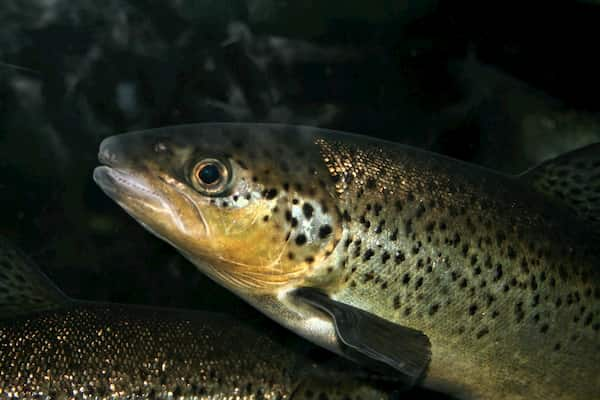
Just like insects and spiders, the fishes go through various stadiums before they reach adulthood. These are normally egg, larva, fry, and fingerling. The egg is an egg. The larva is when the fish is hatched but can not eat. Fry is when it eats by itself, and fingerling when it has developed working fins and scales and practically is ready to swim away.
That is, as long as it’s not an eel. In that case, it’s called Elver.
https://youtu.be/kXmqwRj0o4E
Back to the top of the page
Conclusion
Yes, a baby Coyote is called a whelp. A baby Eel is called an elver. A baby Kangaroo is called a joey. And a baby Goat is called a kid.
Many people do not agree about these names though, and there are many local variations as well as generational differences. The discussion about the correct nomination of the smallest members of our world continues… Sometimes very vividly…
Here’s more on the same subject…
sources
